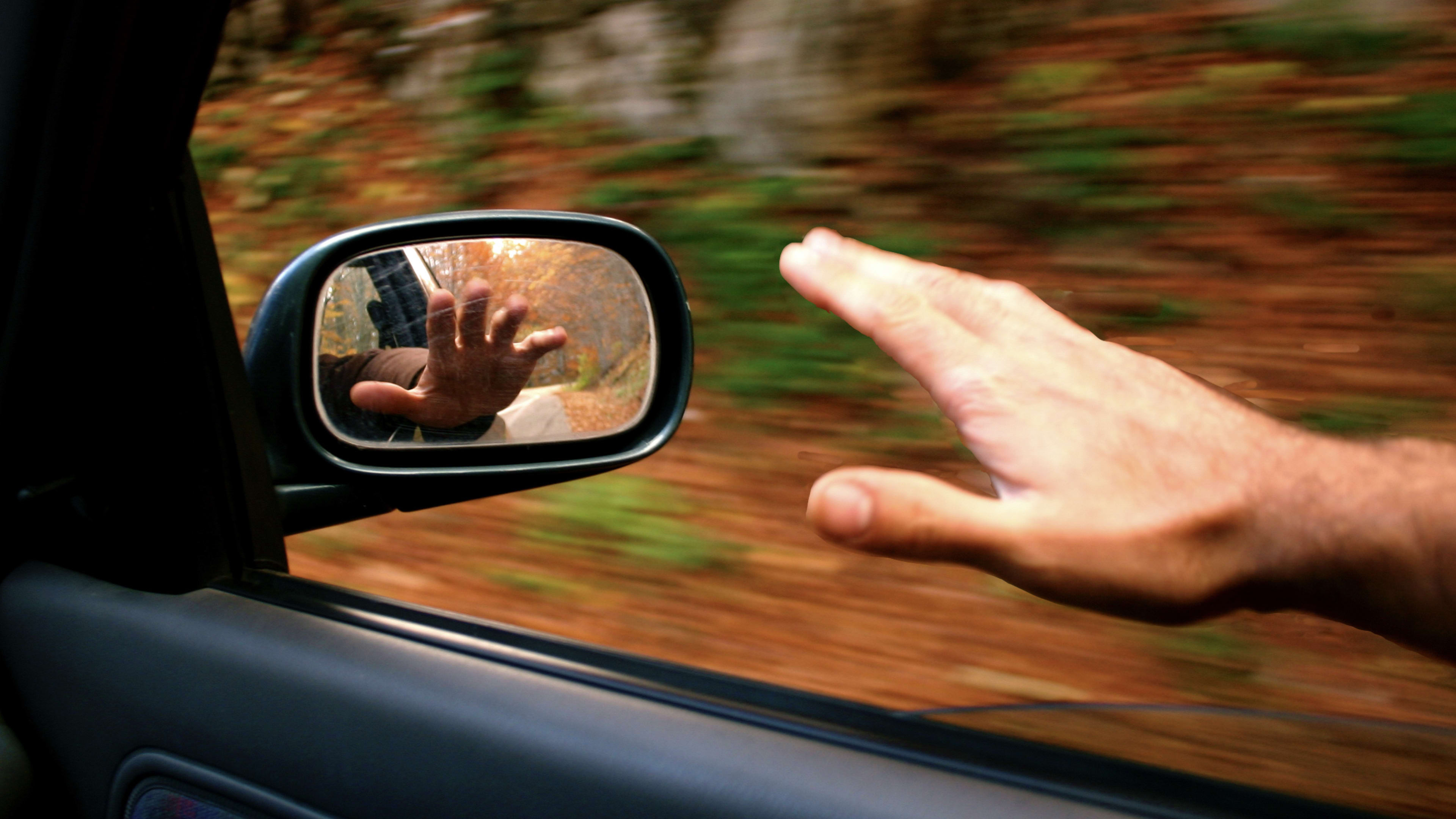
DISCUSS:
Why does TILTING your hand make it suddenly start to LIFT?



















In this mini-lesson, students learn how airplanes fly--and why they can’t fly to space! In the activity, "V-Wing" Glider, students get to build and launch their own paper airplanes. Based on their tests, they can adjust their designs to try to make it stay in the air longer.
Preview activity| Glider Launch Checklist (Grades 3-5) printout | Print 15 copies |
| Paper Glider Classroom Management worksheet | 1 copy |
| Special Delivery Glider printout | Print 30 copies |
|
Crayons
|
90 crayons |
|
Paper Clips
|
30 paper clips |
Students will need space to test their gliders. Depending on the number of students and the size of your classroom, you may want to set up the Launch Station in the classroom, in the hallway, outside, or in any other large open space. In any of these spaces, we suggest indicating a Launch Station Throw Line and Sidelines using masking tape (inside) or chalk (outside).
Our step-by-step instructions show groups of 8 students at a time using the Launch Station (4 students actively throwing gliders while 4 students observe their partners from the sideline). Depending on your available space, you may want to plan for more or fewer students launching their gliders at a time.
Launching paper airplanes is really fun, but it can also be a challenge! A large part of this activity will involve paper airplanes failing and crashing to the ground. We see this as an opportunity to learn from failure and improve. It may be worthwhile to have a conversation with your students prior to the activity so that they have these expectations in mind.
Our checklist includes tips on how to get the glider to fly, but some paper airplanes just won’t fly well no matter what you do to them. This often has to do with asymmetry of the wings or messy folding. Starting from the beginning and building a new glider is sometimes the best solution.
For younger students, we suggest focusing on how to successfully throw a paper airplane. Younger grades may have difficulty with folding, so we suggest pre-folding a few gliders so students can test them.
For older students, we suggest that they first focus on proper throwing technique and then move on to advanced engineering. They can fold, twist, or throw their Gliders in different ways to see how that may affect the flight pattern.
Thanks for your feedback! If you have a question or need help, please contact us. Please consider sharing your review:
Sorry the lesson didn’t go well. We read every single review in an effort to improve our Mysteries.
Thanks for letting us know. We’ll wait to ask you for feedback until after you've actually taught it.
Thanks for the feedback! We read every single review in an effort to improve our Mysteries.
Please follow these steps:
Locked
6:10

Why is the sky blue?
Locked
4:41

Why do we call them doughnuts?
Locked
5:16

Could a turtle live outside its shell?
Your membership is expired. The archive of past Mini Lessons is not included in your limited access.
View pricing